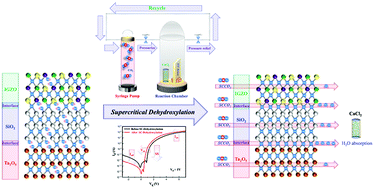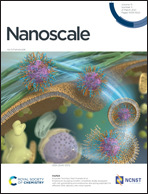Low-temperature supercritical dehydroxylation for achieving an ultra-low subthreshold swing of thin-film transistors
Abstract
Thin-film transistors (TFTs) have been widely used in the increasingly advanced field of displays. However, it remains a challenge for TFTs to overcome the poor subthreshold swing in the fast switching and high-speed applications. Here, we provide a solution to the above-mentioned challenge via supercritical dehydroxylation, which combines a low temperature, environmentally friendly supercritical fluid technology with a CaCl2 treatment. An embedded structure of amorphous indium gallium zinc oxide (a-IGZO) TFTs with double-layer high-k dielectric containing Ta2O5 and SiO2 layers was first manufactured. The subthreshold swing of the fabricated TFTs treated with supercritical dehydroxylation was optimized to an ultra-low value of 72.7 mV dec−1. Moreover, other key figures of merits including threshold voltage, on/off ratio and field effect mobility all improved after the supercritical dehydroxylation. The bandgap of the gate dielectric material increased due to the supercritical dehydroxylation verified by the current conduction mechanism. Besides, numerous material analyses further confirmed that owing to the supercritical dehydroxylation the dominant dehydration reactions can effectively repair the defects introduced in the device manufacture. The ultra-low subthreshold swing with optimized electrical performances can be achieved via the low-temperature supercritical dehydroxylation treatment, enabling its promising potential in realizing ultra-fast and low power electronics.



 Please wait while we load your content...
Please wait while we load your content...